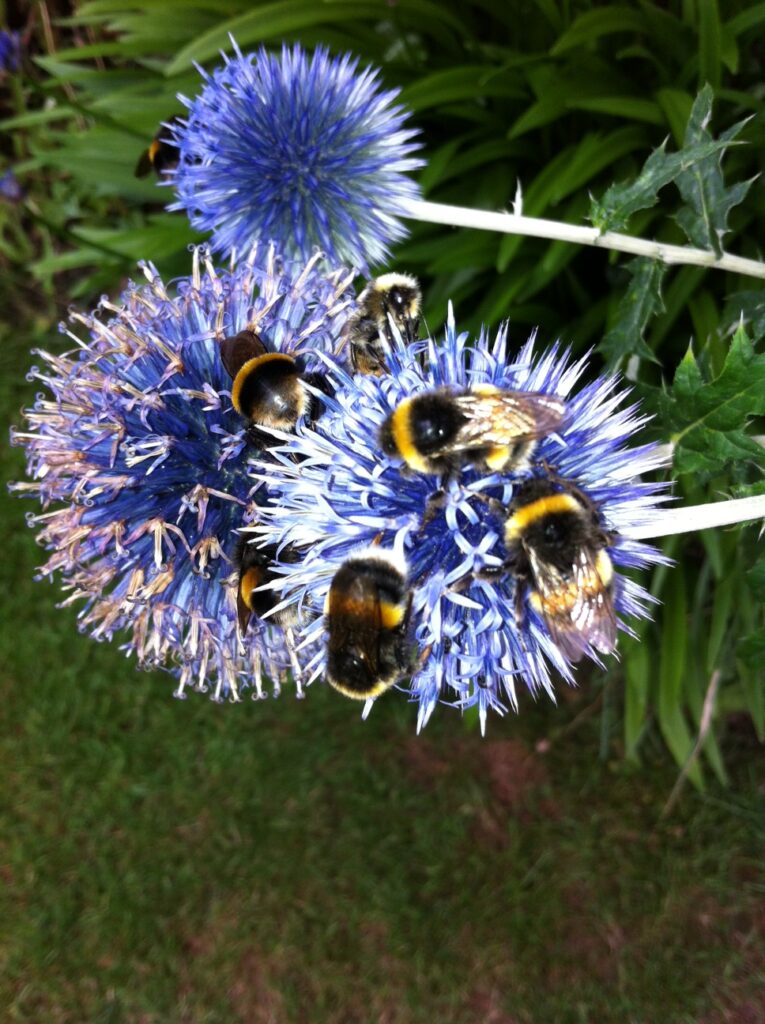Dear Integral Meditators,
Meditation and the development of expanded states of awareness always needs to go hand in glove with psychological development and maturity. This weeks article looks at one method I use in my coaching practice to help people (and myself, I do use it myself!) to develop a more mature psychological vision of what they are experiencing.
November meditation workshops are mainly focused around Zen practice from an integrated point of view on Tuesday evening 19th December we have An Introduction to Meditation from the Perspective of Zen Level 1 and then on Sunday 24th November we have Zen Meditation Workshop Level 2: Journeying Deeper into the Path of Zen , It you are able to make it , see you there!
Finally, here are the various free audio meditations that I have posted on the IMA website during the month of October in case you missed any of them: Dropping Your Conceptual Leaves, Meditating With Your Shadow Self, Transforming Your Stress,Finding a Place Beyond Ordinary Happiness and Suffering.
Yours in the spirit of a more integrated vision of life,
Toby
Upcoming Courses at Integral Meditation Asia:
Sunday October 27th, 9.30am-12.30pm – Finding Freedom From What Holds You Back in Life: Practical Meditations And Techniques For Working With your Shadow-Self – A Three Hour Workshop
Tuesday 19th November, 7.30-9.30pm – An Introduction to Meditation from the Perspective of Zen Level 1
Sunday 24th November, 9am-1pm – Zen Meditation Workshop Level 2: Journeying Deeper into the Path of Zen
Sunday December 1st – Shadow Meditation Level 2: Developing the Language of Your Shadow Self
 How Can We Experience Integral Vision?
How Can We Experience Integral Vision?
An alternative title to this article might be “How do you coach psychological insight and growth?” In my coaching with people, one of the main ways in which I help people to increase the quality and power of their mind is to help them increase the number of points of view from which they are able to look at their life circumstances and challenges.
Normally we think about out life challenges mostly from one point of view – our own, occasionally interspersed with how one of the other people in the situation might be feeling or thinking. Not surprisingly, as a result our vision of our life and the circumstances remains very limited and partial.
The aim of the exercise that I will be explaining below is to turn the way you view a life challenge from a partial vision to a more integral or integrated vision. An integral vision is simply one that is able to take many perspectives on the situation, each of which will reveal a certain part of the REALITY of what is going on. The more points of view you can take in, the more “whole” and integrated your understanding of what is happening will be.
Developing an Integrated Vision on One of Your Life Challenges:
This is an exercise that I sometimes do with clients. You can simply do it mentally as you are reading through it if you like, but it really starts to take off as an mind development tool when you do it as a written exercise.
Begin by selecting a situation or life challenge that you wish to process. Think of it clearly in your mind, or write it down.
Then ask yourself these eight questions, write freely and quickly without over-analyzing:
1) What is my personal experience and perspective of the situation?
2) How might the other person/peoples involved be experiencing the situation?
3) What does a 3rd person or objective experience of the situation look like?
4) What might a “spiritual” (spiritual in your own terms) interpretation of the situation be?
5) Describe the situation in purely sensory and physical terms
6) How would you describe the principle feelings involved?
7) What are the economics of the situation?
8) Of the people involved, who is looking to gain what from the situation?
Now consider what you have written or thought about with each question, considering each one in turn.
Then, finally ask:
9) Taking into account all of the perspectives I have considered above, what might be the wisest way to positively move forward in the situation right now?
The first eight questions are designed to give you an integral or fully rounded vision, or set of perspectives about what is actually happening in your life challenge. This gives you your “integral vision”. With all the insights you have gained, question eight then asks you to make the all important step of turning your vision into action.
© Toby Ouvry 2013, you are welcome to use or share this article, but please cite Toby as the source and include reference to his website www.tobyouvry.com

 How Much Happiness Are You Prepared to Tolerate?
How Much Happiness Are You Prepared to Tolerate?
 Four Types of Deep
Four Types of Deep

 Using Your Misfortune to Enhance and Transcend Your Experience of Good Fortune
Using Your Misfortune to Enhance and Transcend Your Experience of Good Fortune Three Types of Attention: Neutral, Constructive and Catalytic
Three Types of Attention: Neutral, Constructive and Catalytic Dealing With Energy Stress:
Dealing With Energy Stress: